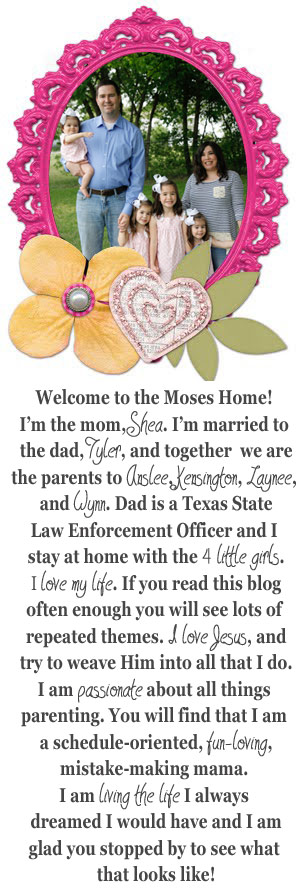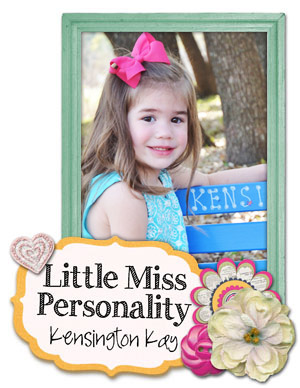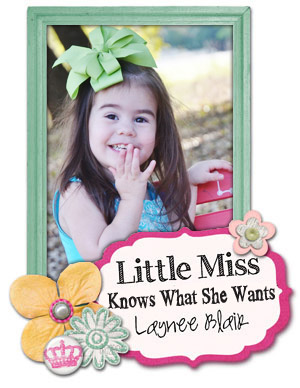Valerie, who blogs at babywisemom.com is guest blogging here today on dreamfeed basics! Many families have benefited greatly in doing a dreamfeed, and she has outlined some best practices for you!
The term "dreamfeed" comes from the book Secrets of the Baby Whisperer by Tracy Hogg. A dreamfeed is simply a late feeding that happens typically between 10-11 PM. The baby is already in bed, but you go in and feed baby one last time before heading off to bed yourself. The idea here is that baby gets a feeding in just before you go to sleep. When baby starts sleeping 7-8 hours straight without eating, these 7-8 hours then fall between 10-6, giving you a good night stretch to sleep yourself.
by Tracy Hogg. A dreamfeed is simply a late feeding that happens typically between 10-11 PM. The baby is already in bed, but you go in and feed baby one last time before heading off to bed yourself. The idea here is that baby gets a feeding in just before you go to sleep. When baby starts sleeping 7-8 hours straight without eating, these 7-8 hours then fall between 10-6, giving you a good night stretch to sleep yourself.
The dreamfeed is not necessary. If you would rather feed baby and put her to bed in the 7-8 hour and then head to bed yourself, go for it. The downside to not doing a dreamfeed is that it will likely be that the 7-8 hour stretch of sleep between night feedings will come between 7-2 instead of 10-6. If you are okay with this, there is nothing wrong with it. What you have to do is be prepared so when you hear stories of the 8 week old sleeping through the night, from 10-6, and yours is still waking up around 2 am, you can not be discouraged. You can remind yourself that your baby is also sleeping well and there is nothing to worry about.
Some babies do not respond well to the dreamfeed. Some won't wake up and some sleep mores soundly through the night without it. Always do what is best for your baby.
In general, however, a dreamfeed works well for most babies. Some babies take work to get to take the dreamfeed. I had babies who needed a lot of time and effort put into establishing the dreamfeed. For me, it was something I wanted to establish. I wanted to be able to stay up past bedtime to spend time with my husband. With effort, I established a dreamfeed with those babies. Here are the basics of a dreamfeed.
Time:
The time is usually between 10-11 PM. If you get too late, you start to run into disrupting natural circadian rhythms, so experiment with times within that hour. I have had babies who were very sensitive to the time. For example, 10:35 meant the baby slept well that night, but 10:30 or 10:45 meant a fitful night of sleep was ahead of me. I literally set an alarm on my phone so I could get the timing right.
Place:
I did the dreamfeed in the baby's room.
How:
Ideally, you will get baby, feed baby while baby is still drowsy, and put baby back to bed all without ever waking baby up. Do try to burp your baby.
Younger babies, like newborns, might need to be woken up more for the dreamfeed to eat anything. You might need to unswaddle, but you might find unswaddling wakes baby up too much.
Many people wonder if they should do a diaper change or not at the dreamfeed. I change a diaper for newborns. In older babies, I don't typically change the diaper unless there is of course a bowel movement.
When:
The dreamfeed is ideal between newborn and about 4 months old. Most of my babies held on to a dreamfeed beyond 4 months old. Hogg suggests keeping it until 8 months old. Go with what works best for your individual baby.
The dreamfeed can be something that really helps you to get good sleep at night so you can function during the day. It can take effort to establish it, but it is well worth your efforts! For more information, see my post on Dreamfeed FAQs.
Valerie is a mother to four (ages 3-10) and blogs at www.babywisemom.com.
















